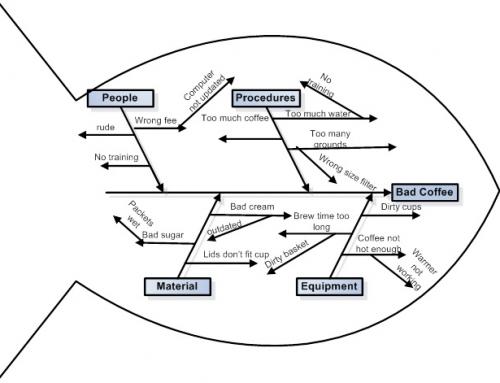 Hello again,
Hello again,
Welcome to part 2 of our Process Optimization series.
Now that we know that Six Sigma simply symbolizes degree of deviation from perfection, we select some Six Sigma tools to enable us to achieve greater efficiencies to exceed our customers’ expectations.
Last time CTQ and SIPOC helped us better define requirements.
Today, discover how Pareto defines priorities, how NOW is the TIME to eradicate MUDA, and how Kano differentiates your product/service from the competition.
Thank you for joining me today, as we acquaint ourselves with these efficiency boosting tools via my Prezi Audio presentation, embedded below.
I am here to help you put these tools to use!
~~
Link to Process Optimization Part 1 of 4
Link to Process Optimization Part 3 of 4
Link to Process Optimization Part 4 of 4
Thank you to the following References:
Brue, G. (2015). Six Sigma for Managers Second Edition. United States: McGraw-Hill Education.
George, M. L., & Rowlands, D., & Price, M., & Maxey, J. (2005). Lean Six Sigma Pocket Toolbook. United States: George Group
Gygi, C., & DeCarlo, N., & Williams, B. (2005). Six Sigma for Dummies. Indiana: Wiley Publishing, Inc.
Gygi, C., & DeCarlo, N., & Williams, B. (2012). Six Sigma for Dummies 2nd Edition. New Jersey: John Wiley & Sons, Inc.
Kallet, M. (2014). Think Smarter. New Jersey: John Wiley & Sons, Inc.
KellyLawless. (2013). Fishbone BadCoffeeExample.jpg (Own work). Pande, P. S., & Neuman, R. P., & Cavanaugh, R. R. (2014). The Six Sigma Way Second Edition. United States: McGraw-Hill Education. Ries, E. (2011). The Lean Startup. New York: Crown Business. Robertson, B. J. (2015). Holacracy. New York: Henry Holt and Company, LLC. Thompson, J. (1997). The Lean Office. Canada: Productive Publications








Leave A Comment